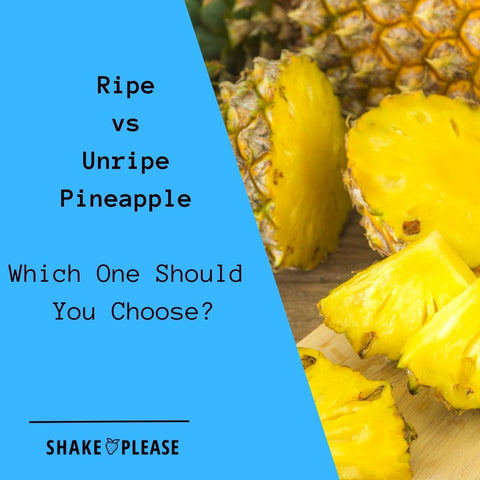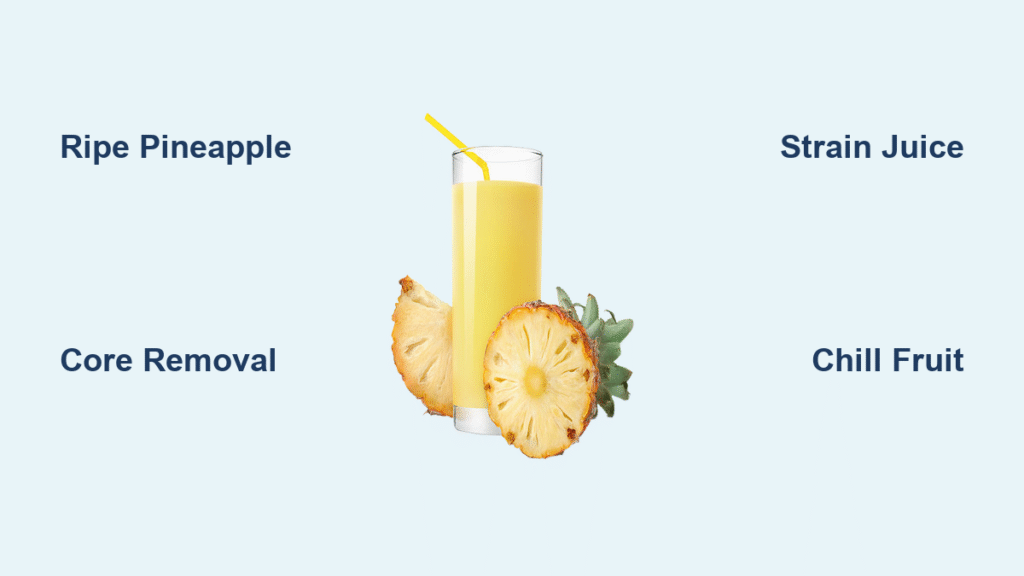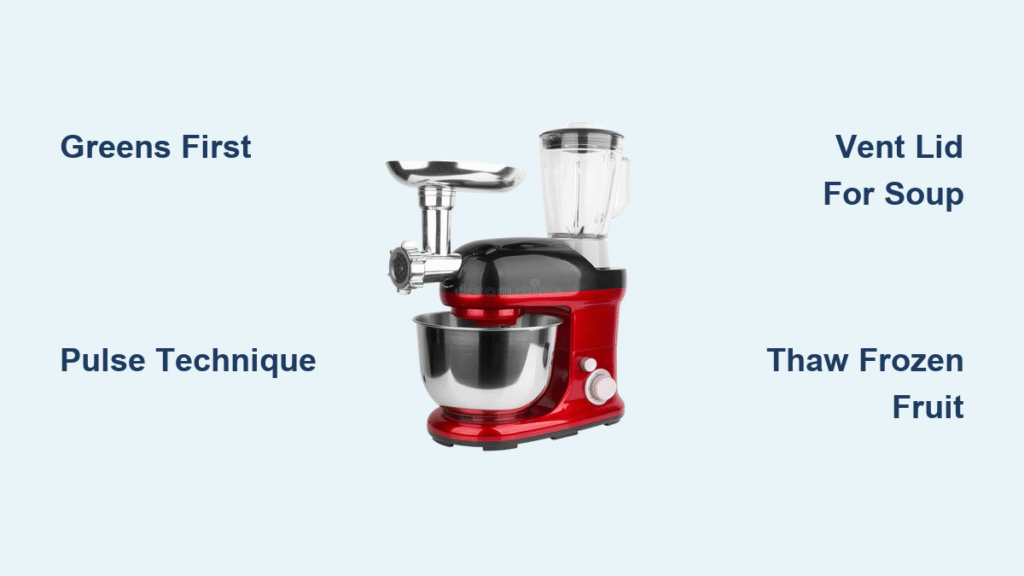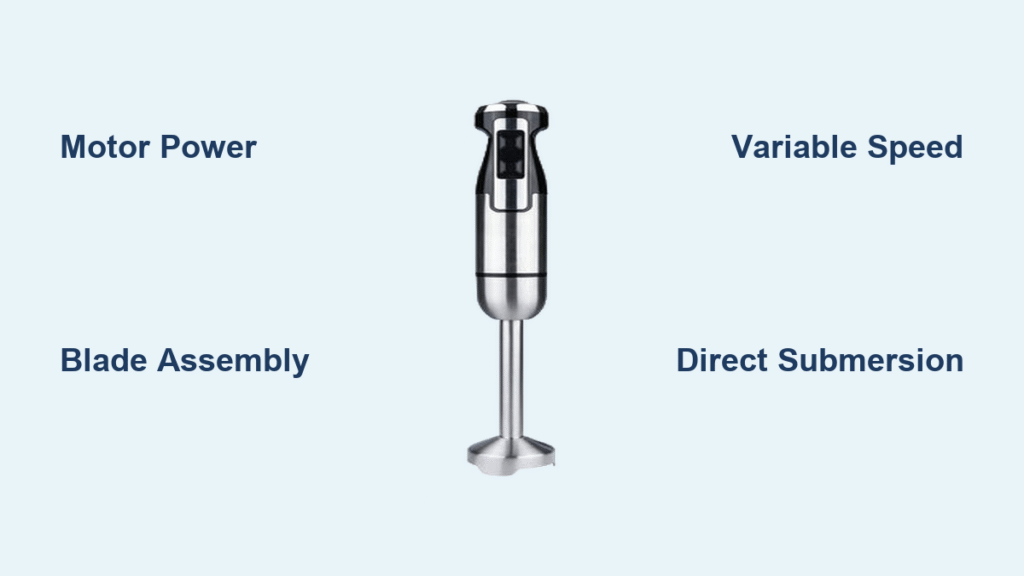Forget expensive juicers and preservative-laden store bottles—your blender holds the secret to vibrant, restaurant-quality pineapple juice in under 10 minutes. When that tropical craving hits, you don’t need special equipment; just a ripe pineapple and your everyday blender. This guide reveals exactly how to transform fresh fruit into sunshine-in-a-glass juice with zero waste. You’ll master pro techniques for selecting, prepping, and blending that deliver maximum flavor and nutrition while avoiding common pitfalls. Whether you’re fueling a brunch party or seeking a vitamin C boost, these methods work flawlessly with standard kitchen gear.
Spotting Ripe Pineapples at the Grocery Store

Golden Skin Color Indicates Peak Sweetness
Skip green-skinned pineapples—they’re underripe and won’t sweeten after picking. Instead, hunt for vibrant golden-yellow skin starting at the base and climbing upward. The diamond-shaped “eyes” should appear large and prominent, signaling longer vine maturation. Dark brown or black spots mean overripeness, so avoid those sections. If you see green patches near the top, that’s acceptable as long as the lower half glows golden.
Pulling a Crown Leaf Tests Ripeness Instantly
Grasp a central leaf from the pineapple’s crown and tug gently. If it slides out easily, your fruit is juice-ready. This works because natural sugars develop as the fruit ripens, loosening the leaf fibers. If the leaf resists or snaps, the pineapple needs more time. Never rely solely on color—this foolproof test prevents sour, underripe results.
Heavy Weight and Sweet Base Aroma Confirm Quality
Choose pineapples that feel surprisingly dense for their size—this heft means high juice content. Then flip the fruit and sniff the base: a sweet, floral fragrance signals perfection. Avoid any sharp, fermented, or vinegar-like odors, which mean spoilage. If it smells like nothing, the pineapple is underripe and won’t juice well.
Preparing Pineapple for Maximum Juice Yield
Core Removal Decision Based on Texture Preference
Decide whether to keep the fibrous core before cutting. Including it adds manganese and bromelain enzymes but may cause mouth irritation for sensitive drinkers. For silky-smooth juice, slice vertically around the tough core after peeling. If making smoothie-style juice, leave it in—it helps push pulp through strainers.
Speed-Cutting Technique for Faster Blending
Stand the pineapple upright and slice off 1 inch from top and bottom. Following the fruit’s natural curve, remove the skin downward in smooth strokes. Use a paring knife to carve out stubborn eyes with V-shaped notches. Cube flesh into ½-inch pieces—smaller than 1-inch chunks prevent blender strain and create uniform texture.
Pre-Chill Hack Eliminates Watered-Down Juice
Refrigerate whole pineapples or pre-cut chunks for 2-4 hours before juicing. Chilled fruit extracts colder juice without ice dilution, preserving pure pineapple flavor. This step is non-negotiable for premium results—room-temperature pineapple creates warmer, less vibrant juice that oxidizes faster.
Basic Blender Method for Clear, Smooth Juice

Minimal Equipment Needed for Home Juicing
You only need three tools: a standard blender (no high-speed required), a nut milk bag or fine-mesh sieve, and a rubber spatula. Skip cheesecloth—it’s slow and traps too much juice. The nut milk bag is ideal: simply fill it with puree, twist the top, and squeeze over a bowl.
6-Step Process for Restaurant-Quality Juice
- Load blender with 2 cups chilled pineapple chunks (from one 2-pound fruit)
- Add 1 cup cold water—start with less for concentrated flavor
- Blend 45 seconds on high until completely smooth (no chunks visible)
- Strain through nut milk bag while pressing firmly with spatula
- Second extraction: Return pulp to blender with ¼ cup water, re-blend, and strain again
- Taste adjustment: Add honey only if needed—ripe pineapple rarely requires sweetener
Realistic Yield Per Pineapple
One average pineapple delivers 3–3½ cups (700–800ml) of strained juice—enough for 3–4 generous servings. Underripe fruit yields less, while overripe pineapples may produce thinner juice. Always measure after straining; chopped pineapple volume doesn’t translate directly to liquid output.
Skip Straining for Fiber-Packed Smoothie Juice
Blend 2 cups pineapple chunks with 1 cup water until completely smooth—no straining needed. The result is a thick, nutrient-dense drink resembling a thin smoothie, perfect for breakfast or post-workout recovery. Retain all fiber and bromelain enzymes by skipping straining. Add Greek yogurt or protein powder to boost staying power. Consume immediately since unstrained juice separates faster.
Authentic Costa Rican Pineapple Fresco Recipe
Blend pineapple chunks with 2 cups water and 2 tablespoons sugar until frothy. Strain thoroughly using a nut milk bag, pressing pulp to extract every drop. Add 2 more cups cold water to the strained juice for light, refreshing fresco consistency. This traditional method creates the ultimate thirst-quencher for hot days—bright, subtly sweet, and never cloying. Serve over ice with a pineapple wedge.
Flavor Boosters to Elevate Your Juice
Citrus Zest Prevents Browning and Adds Brightness
Stir in 1 tablespoon fresh lime or lemon juice per batch—it brightens flavor and slows oxidation. Orange juice adds complexity; start with 2 tablespoons mixed into 3 cups pineapple juice. Always add citrus after straining to avoid bitter notes from blended peels.
Spice Combos for Gourmet Twists
- Tropical warmth: ¼ teaspoon cinnamon
- Mexican street style: Pinch of Tajín + lime
- Indian-inspired: Tiny pinch of roasted cumin
- Holiday spice: Freshly grated nutmeg
Add spices during blending so flavors fully integrate. Start with half the suggested amount—you can always add more.
Herb Infusion Without Overpowering
Toss 4–5 fresh mint or basil leaves into the blender with pineapple chunks. The herbs infuse subtle aroma without dominating—no need to strain separately. Basil creates a sophisticated savory note perfect for brunch mimosas. Avoid woody herbs like rosemary; they turn bitter when blended.
Preventing Spoilage in Homemade Juice
48-Hour Refrigeration Rule for Freshness
Store juice in airtight glass jars for maximum shelf life. It stays vibrant for 24–48 hours, but nutrients decline after day one. Natural separation is normal—shake vigorously before serving. Never use plastic containers; acids in pineapple can leach chemicals over time.
Freezer Cubes for Zero-Waste Refreshment
Pour juice into silicone ice cube trays and freeze. Once solid, transfer cubes to freezer bags for up to 4 months. Use frozen cubes to chill cocktails without dilution or drop 2–3 into smoothies for instant tropical flavor. Label bags with dates—older than 4 months loses vibrancy.
Pulp Recycling Tricks You’ll Actually Use
Mix leftover pulp into oatmeal, yogurt, or muffin batter for fiber boosts. Dehydrate at 170°F (77°C) for 6 hours to make fruit leather—spread pulp thinly on parchment-lined trays. For savory applications, add pulp to salsa or stir-fries where its enzymes tenderize proteins.
Fixing Common Juice-Making Mistakes

Adjusting Thickness Without Ruining Flavor
Too thick? Add cold water 2 tablespoons at a time while stirring. Too thin? Next time, use less water or blend with slightly underripe pineapple (it has less water content). Perfect consistency should coat the back of a spoon like heavy cream. Never add ice to thin juice—it dilutes flavor.
Eliminating Bitter Aftertastes Instantly
Bitterness means you included the core or used underripe fruit. For immediate fixes, stir in 1 teaspoon honey per cup of juice—it neutralizes bitterness without overwhelming sweetness. Next time, remove the entire core and ensure pineapples pass the leaf-pull ripeness test.
Preventing Blender Motor Burnout
If your blender struggles, cut pineapple into ¼-inch cubes before loading. Add 2 extra tablespoons water to create a vortex that pulls chunks downward. Pulse in 5-second bursts before continuous blending—this prevents jamming and overheating. Stop immediately if the motor sounds strained.
Scaling Up for Crowd-Pleasing Pineapple Juice
Party Batch Formula for 10+ Servings
Juice 3 pineapples simultaneously: Process in blender batches, combining all strained juice in a 2-quart pitcher. Use 1 cup water per pineapple for standard consistency. One pineapple serves 3–4 people, so triple the recipe for gatherings. Stir in lime zest and mint leaves right before serving for freshness.
Freeze-Ahead Strategy for Instant Entertaining
Pre-cut and freeze pineapple chunks in 2-cup portions. When guests arrive, dump frozen chunks into the blender with water—no thawing needed. Frozen fruit creates naturally chilled juice without ice dilution. Store pre-portioned bags for 3 months; label with “Pineapple Juice” for instant use.
Instagram-Worthy Serving Ideas
Pour juice into chilled coconut shells for tropical flair. Rim glasses with Tajín and lime juice for spicy-sweet mocktails. Float edible flowers like hibiscus or pansies on top—avoid roses (pesticide risk). For kids, serve in pineapple-hollowed cups with colorful paper straws.
Homemade pineapple juice delivers explosive tropical flavor that store-bought versions can’t match—plus, you control the ingredients. With these blender-specific techniques, you’ll extract every drop of vitamin-C-rich nectar while avoiding common frustrations. Start with the basic method today, then experiment with Costa Rican fresco or herb-infused variations. Your blender isn’t just for smoothies anymore; it’s your passport to fresh, vibrant pineapple juice year-round. Grab a ripe golden pineapple tonight and taste the difference real freshness makes.





